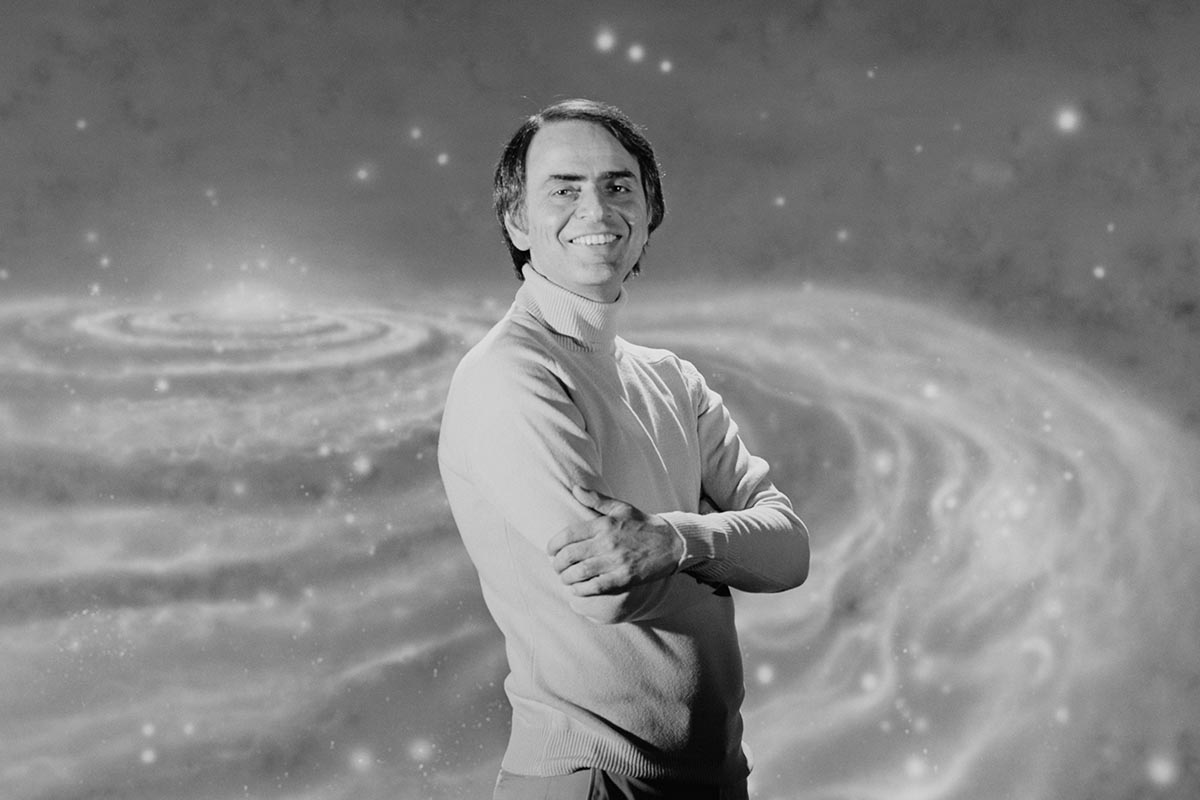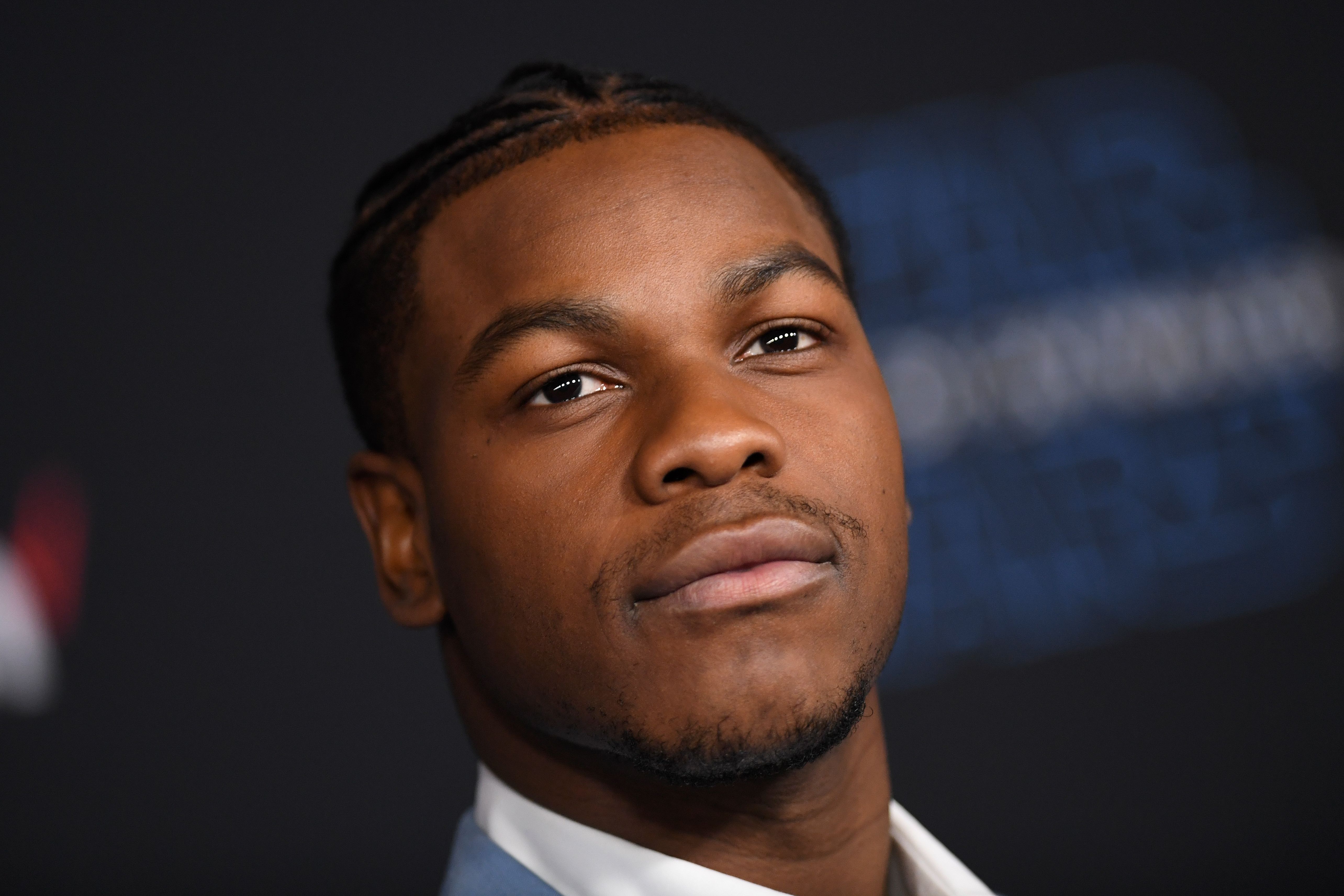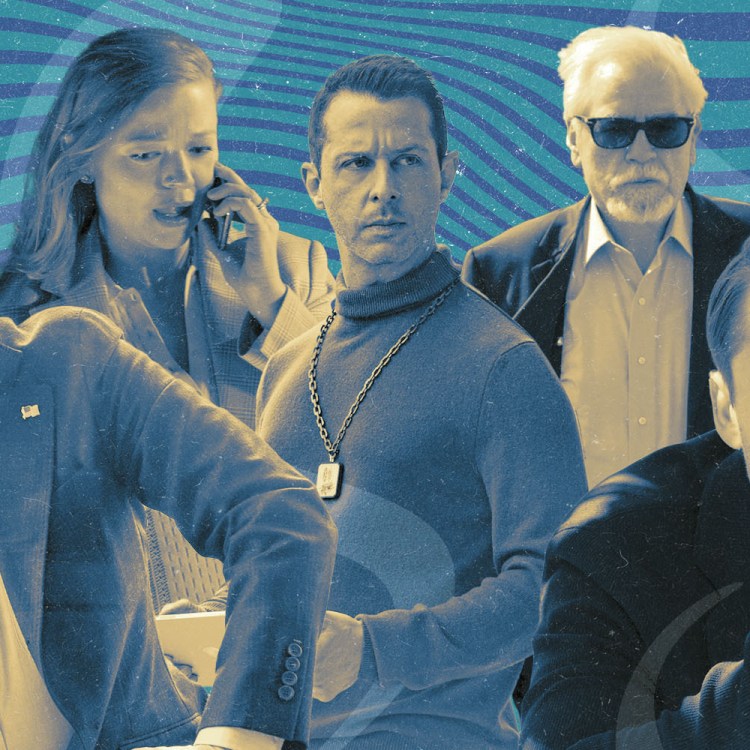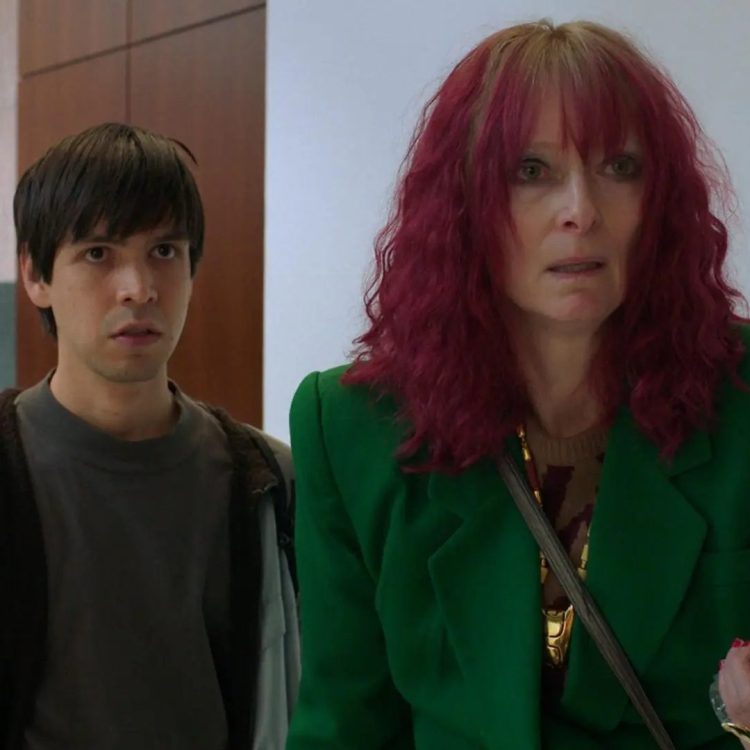In the penultimate episode of season three of Casual — the Hulu dramedy about a nearing-40 divorcée and mom, Valerie, who’s tossed into 2010s dating culture — viewers are whisked away to a more innocent time. It’s 1999: September 11th hasn’t happened yet, nor Hurricane Katrina, the Great Recession or the Capitol Building Insurrection. The only mass shooting most can remember is Columbine, and Star Wars has been contained to a single, mesmerizing trilogy of ground-breaking films with no roman numerals in their official titles. But as far as many viewers in Casual’s target demographic are concerned — people like me, now 42 — that year’s release of Star Wars: Episode I — The Phantom Menace marks the end of innocence. Casual’s creators know this.
The aforementioned episode’s opening moments chronicle a breakup between a late-teen version of Valerie’s brother, Alex, and his then-girlfriend, who can’t understand why he’d buy a ticket for Meet Joe Black just to see a pre-feature trailer hyping Episode I. Tensions rise throughout as a pregnant Valerie, then in her early 20s, approaches full term. Her water breaks just as Alex is back in theaters to see the entirety of Episode I, undoubtedly growing more and more nauseous each time Jar Jar Binks delivers a line of dialogue in his offensive accent. As Alex emerges from the theater in a depressed daze — relatable to Star Wars fanatics of his generation — he mutters to his new girlfriend, “How could they?” Then, pulling out probably his first ever cell phone, he sees a bunch of missed calls and dashes to the hospital, where his sister is giving birth to a baby girl.
“How could they” ruin Star Wars, indeed. Almost 23 years and the completion of two forgettable-at-best trilogies later, we know all too well how. (There have also been those spin-off “Star Wars Stories” that have garnered mixed results.) The why is late capitalism, with The Book of Boba Fett yet another painful money grab that’s further sullying the original Star Wars trilogy IP, which for real people like Alex — i.e., again, me — was childhood-defining. What’s worse is that Book is undoing much of the good will pumped back into the franchise two years ago with The Mandalorian, siphoning off its style, replicating its episodic beats and watering down this wing of the Star Wars universe in the process.
When we turn to anything science-fiction as film media consumers, it’s for high-octane action and cool-as-shit, otherworldly characters. That’s why Star Wars fans revered Boba Fett for so long after his appearances in the original trilogy. He had an awesome job — bounty hunter — that he was awesome at, so much so that we respected him even after he captured our beloved Han Solo and turned him over to the evil Empire for a time, and then ushered Solo’s frozen-in-carbonite body over to Tatooine for presentation to the bovine gangster Jabba the Hutt. Fett also had the awesomest outfit, which is really saying something when you consider he shared scenes with Darth Vader. What made Fett’s general look so exceptional was that, on top of his armor’s Inspector Gadget-like capabilities, with its built-in features that included a jet pack/rocket launcher combo strapped to his back, viewers could project anything onto him. (His scant four lines of dialogue across six and a half minutes of screen time also helped in this regard.) It was anyone’s guess what was behind that visor with the T-shaped cutout. And while in retrospect we actually didn’t see Fett mixing it up much in hand-to-hand combat — when we did, he accidentally wound up in the Sarlacc pit — it’s safe to say we all presumed he was a badass fighter in the vein of Snake Eyes, a character from the G.I. Joe universe and a certifiably skilled combatant who bears more than a passing resemblance to Fett.
The Mandalorian tapped into the best Boba Fett had to offer while not featuring Fett as its protagonist. Over the course of the still-in-progress series, the tradition behind that striking body armor — which the titular character refuses to remove under (nearly) any circumstances — has been revealed, serving to enhance its appeal. Underneath his metallic shroud, the Mandalorian himself is certainly a specimen of Tom Brady-level fitness. He’s a terrific, dynamic fighter and a general physical dynamo who’s capable of escaping tight corners when backed into them by foes.
Fett turned up in a few episodes of The Mandalorian, and when the series’ most recent season concluded, attached to its finale was a teaser for The Book of Boba Fett. It’s staggering that a franchise with only two categorically great films released more than 40 years ago can still command so many eyes, even after the sins of Episode I and most of the other related content since its release. And yet we went gaga over the prospect of a Boba Fett series, craving the nostalgia it can supply as though it came in IV form.
Since its release, though, The Book of Boba Fett’s been flat and a letdown, unable to inspire a broad cultural following and conversation like The Mandalorian before it. Book creators Jon Favreau and Dave Filoni, the same men responsible for The Mandalorian, arguably made a fatally flawed choice in their approach. While chronicling Fett’s post-Return of the Jedi journey, the character has remained unmasked most of the time. Favreau and Filoni got away with the opposite approach in The Mandalorian, and perhaps didn’t want to press their luck with a second protagonist whom viewers can’t ever truly know without becoming acquainted with his face. But in deleting Fett’s mask and entire suit, stolen by Jawas after he escaped the Sarlacc, from the outset Book has stripped away the most compelling aspect of the character: his anonymity. And this space has been erroneously filled up by an aging warrior portrayed by Temeura Morrison, who, 20 years ago, played Boba’s father, Jango Fett, in Star Wars: Episode II — Attack of the Clones. (While enjoying Empire Strikes Back, viewers were likely not projecting such a profile onto Fett.) As a result, the physicality of the character suffers; fight scenes contain pedestrian action that quick cuts can’t rescue. In the most recent episodes, Fett’s even had a band of beautiful Gen Zers — young, out-of-work humans who’ve robotically altered their bodies — do some of his dirty work for him. We’ve gone from an anything-is-possible model in the original Fett from the first trilogy to a character whose fighting skills have so diminished that he’s outsourcing combat opportunities to minions.
This decision to Taken-ize Boba Fett was not only unnecessary, but even contradicts the canon. According to the official Star Wars Wikipedia page, Fett is only in his mid- to late 30s when the story of Book picks up. The character has endured tremendous wear and tear since the party on Jabba’s barge in Jedi, to be sure, but his body is constantly healed in a revitalizing tank that stands in the depths of what used to be Jabba’s palace. Fett should be as spry as he appeared to be in the original trilogy — when he was portrayed by an actor, Jeremy Bulloch, who was roughly the same age as the character. (Morrison, though a solid actor, is 61.)
Audience sympathy for Fett is also something of a leap of faith, highly dependent on the simple fact that he’s constantly in the center of the frame. While viewers may have previously been drawn to him, we didn’t necessarily like him. To overcome this, Favreau and Filoni have placed him in a near-death situation. He’s then captured by a tribe of Tusken Raiders, whom Star Wars fans until this point have only known as violent, nomadic barbarians our heroes should strictly avoid. The Tuskens keep Fett alive so he can dig for black melons that are a source of nourishing milk. When a young Tusken is tasked with bringing Fett out on an excursion for the melons, Fett rescues the little one from execution by a six-armed desert monster. He and the tribe then forge a friendly relationship — they bring him back to health and he aids them in their own skirmishes with other local bad actors. As in The Mandalorian, where we sympathize with the protagonist in large part because he helps an adorable child (of course that’s Baby Yoda), we’re expected to sympathize with not only Fett because he saved a Tusken kid, but also the Raiders themselves, I suppose, because they merely have kids.
So up is down and down is up on Tatooine these days, as audience members are expected to forgive Fett and the Tusken Raiders for past indiscretions from earlier stories while they do battle with other ne’er-do-wells whose characters don’t seem any less unflattering than that of Fett’s and the Raiders in past Star Wars tales. The Book of Boba Fett may have sucked me in for a few episodes on the strength of the protagonist’s legacy from the original film trilogy, as well as the triumph of The Mandalorian. It probably attracted millions of other Disney+ paid subscribers, too. And while Book may yet overcome the reverential deficit it has built for itself by diluting the allure of one of Star Wars’ most celebrated characters through the de-masking and pro-aging that’s turned him into a rather ordinary superhero, I can’t be sure I’ll stick around to find out if it can. The little boy in me is awfully disappointed about that — though it’s become a familiar feeling with this franchise.
This article was featured in the InsideHook newsletter. Sign up now.





















